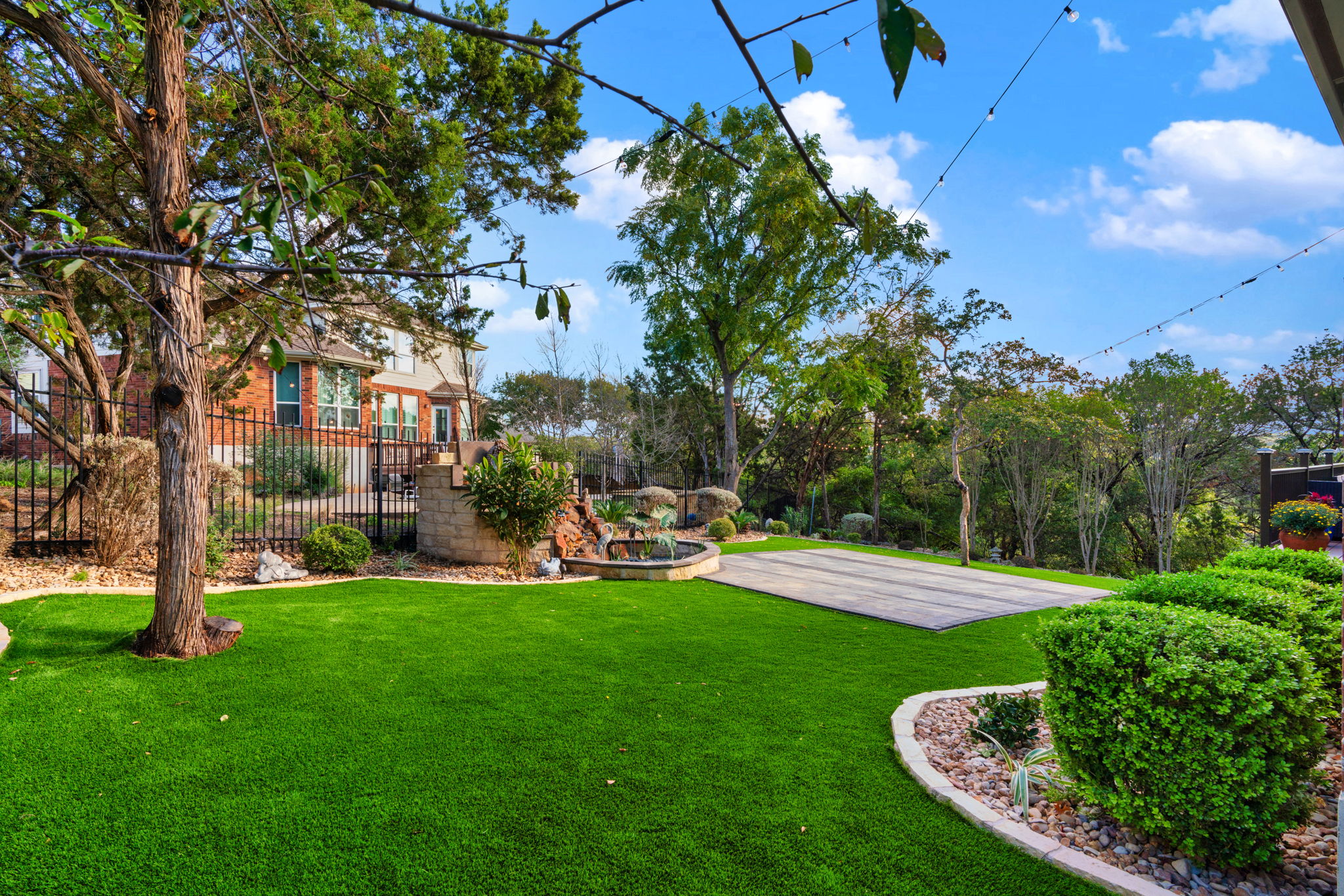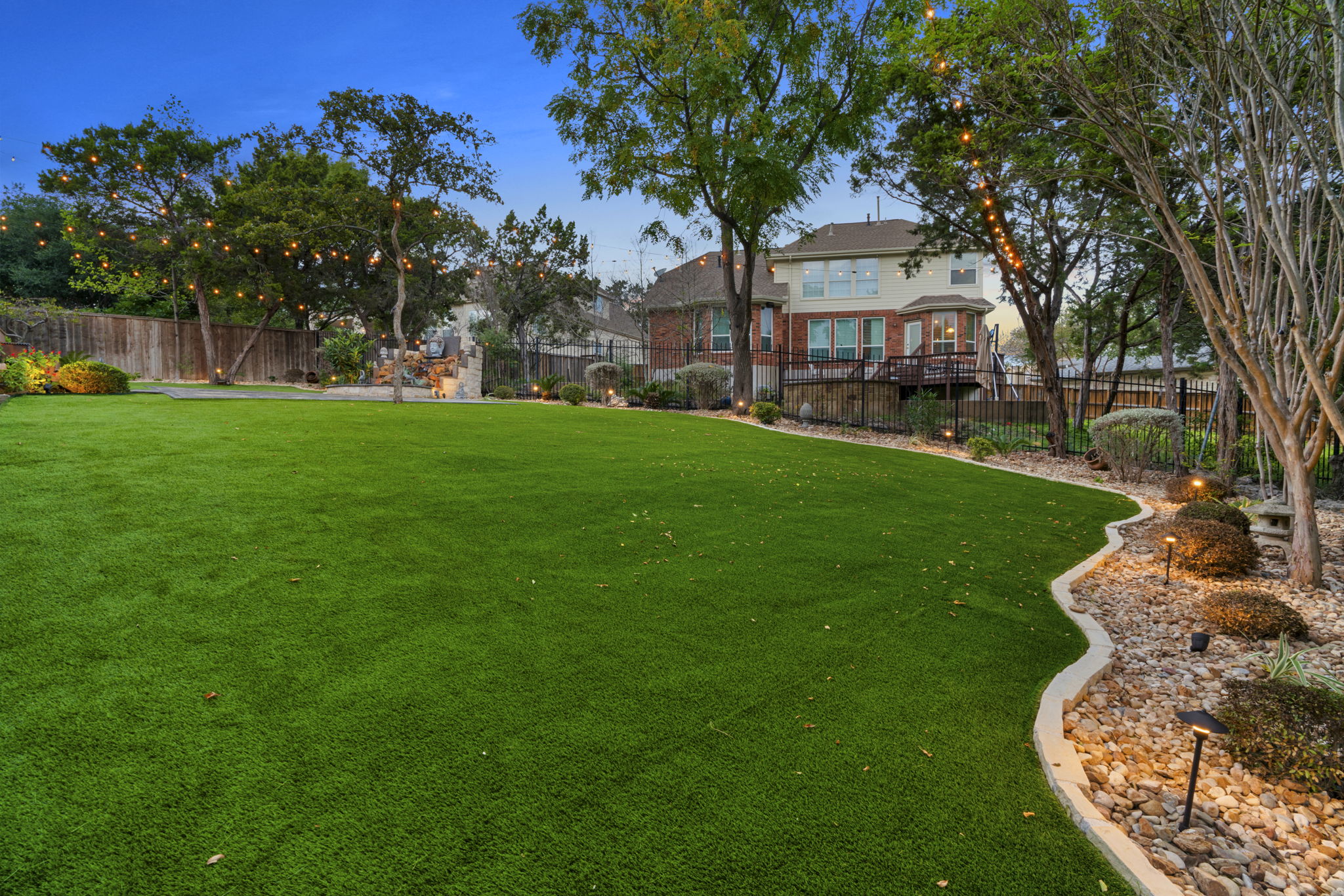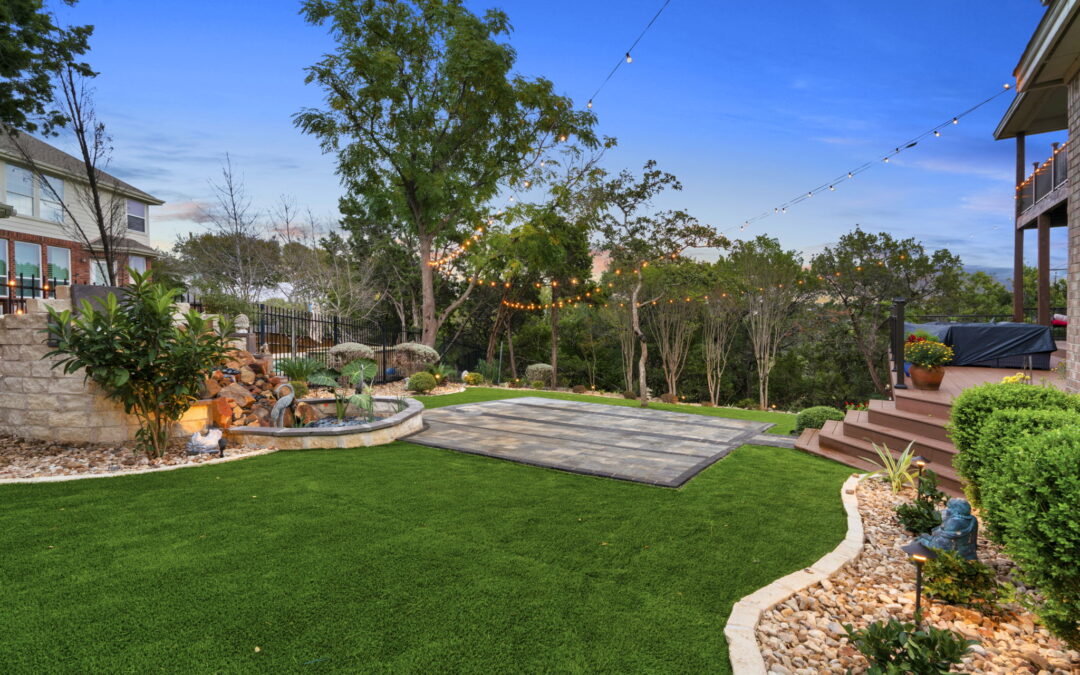Your outdoor living space should be a comfortable area to enjoy nature and observe animals in their natural habitat. However, the décor and landscape design are essential considerations for all wildlife photographers. Choose the wrong plants or placement, and scare off your chances of capturing a beautiful picture. Wildlife photography can be tricky in the wrong surroundings, whether a professional or an amateur. This blog will explore the fundamentals of setting your lawn for the perfect shot. We'll discuss native Texas plants and consider creative ways to prepare your yard for a photoshoot. Let's take a look.
Considerations for Outdoor Living Design
Designing an outdoor living space means developing a layout and color palette that sparks joy for you and your visitors. However, some of your most distinguished guests could come in the form of birds, squirrels, and other gorgeous wildlife. Make them feel welcome with a practical and attractive layout. Landscaping should consider the needs of household members and animals. It should also offer the ideal conditions for capturing stunning shots. Variables such as plant species, water availability, natural light, and food sources are crucial. Wildlife photography from home means combining your love of nature with creative picture-taking skills and creature comforts. It lets you relax in a customized environment while observing animals in the raw. Observe the local fauna without leaving your couch or patio.
How to Build Your Backyard for Wildlife Photography
Not sure where to begin building a backyard for wildlife pictures? Check out these five landscaping and hardscaping tips for inspiration:#1. Choose Texas Native Plants
Local animals love the native plants in Texas, so make them search for your yard in particular. Attract birds, butterflies, and tiny mammals with the vegetation they enjoy. Specific plants provide wildlife with nesting opportunities, room for birthing young, and a safe place to rest while you snap a picture.#2. Place Vegetation Strategically
Strategic plant placement is essential when creating an outdoor living space for animal photography. Creative homeowners should carefully choose garden locations and build flowerbeds where wildlife most uses them. Add color and visual interest for more than just your houseguests.#3. Include Water Features
Integrated water features like birdbaths, ponds, and drinking pools help wildlife take much-needed breaks on your lawn. They invite animals to rest, recuperate, and interact without leaving the yard. Water features in landscaping can also provide excellent photo opportunities for homeowners.#4. Create Hideouts for Animals
Natural hides and blinds provide concealed viewing areas within your yard. They offer a unique vantage point for observing and taking pictures of undisturbed wildlife. Enjoy spectacular views without letting the animals know you're nearby.#5. Provide a Food Source
Include bird feeders, suet feeders, and seed stations in your landscape design for a wider variety of wildlife species. Encourage animals to visit your lawn more often by giving them something to chew on. Then snap their picture while they satisfy hunger in flocks and families.
 nikk@southernlovelandscaping.com
nikk@southernlovelandscaping.com
